Gone are the days when artificial plants and flowers were seen as their fresh counterparts’ lesser, tacky cousins.
Today, they have surged back into vogue, bringing a vibrant blend of practicality and aesthetics that makes them a top choice for interior decorators and homeowners alike.
This shift is not just about convenience but a celebration of artistry and innovation in creating beautiful and lived-in spaces.
The Evolution of Artificial Botanicals
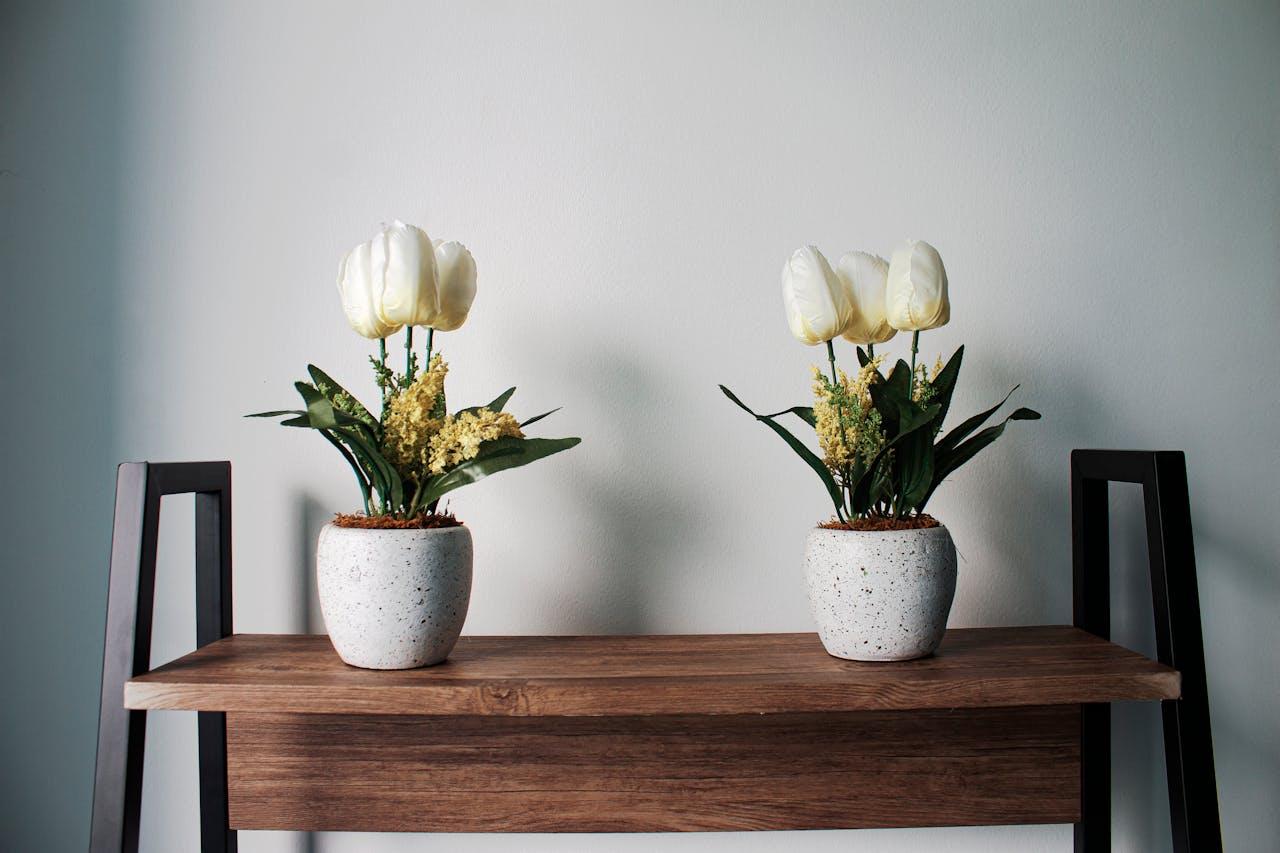
The transformation of artificial plants from plastic-looking, dust-trapping decorations to stylish home accents is a testament to advancements in design and technology.
Modern faux botanicals are meticulously crafted to mimic the texture, color, and even the subtle imperfections of real plants and flowers. High-quality materials like silk, latex, and even rubber give these faux creations a lifelike appearance and feel.
Designers now enthusiastically embrace artificial plants as a durable, hypoallergenic option that remains lush and vibrant regardless of seasons or exposure to sunlight.
They allow for greenery in windowless rooms or high shelves where watering real plants would be impractical. This quality revolution has elevated faux flora’s status from merely convenient to genuinely chic and desirable for contemporary homes.
Seasonal Styling with Artificial Botanicals
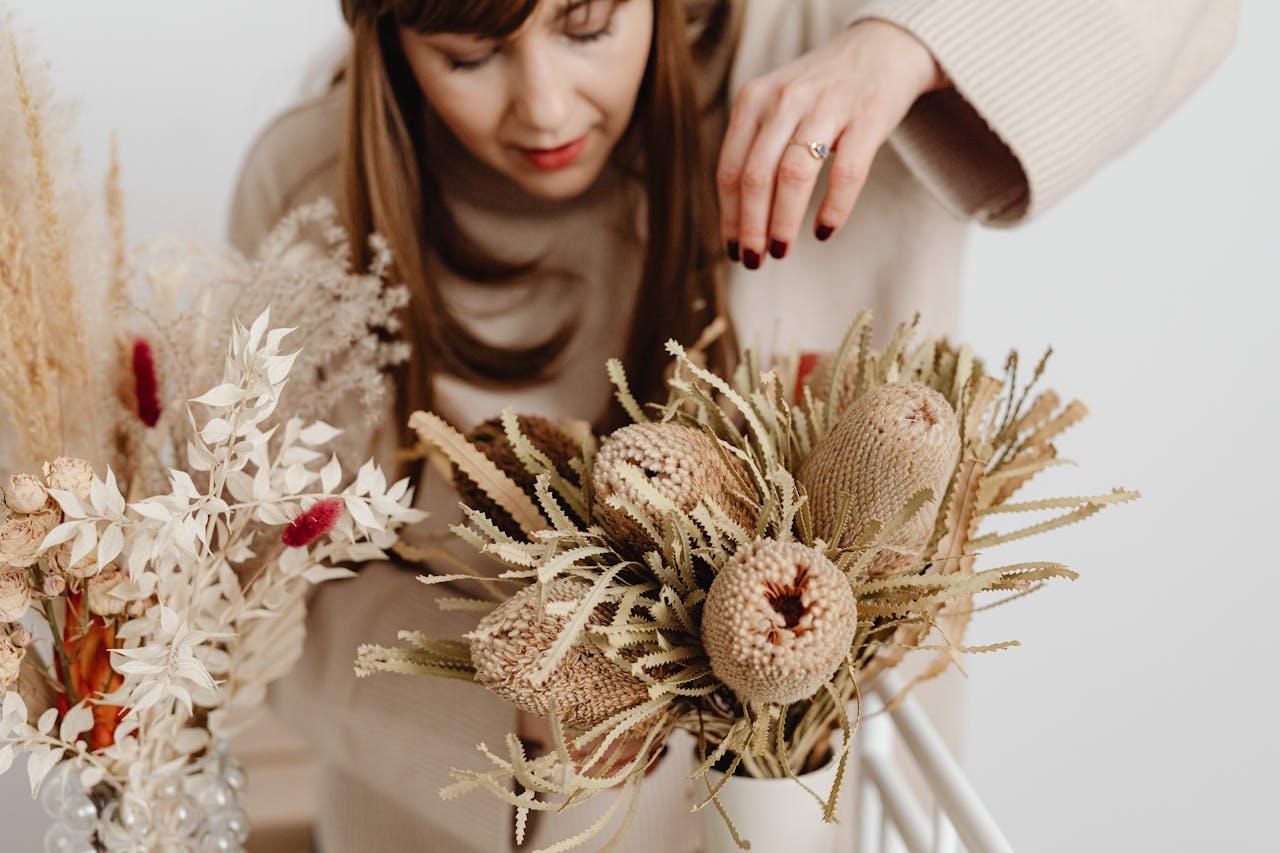
With their versatility and longevity, artificial plants and flowers offer an excellent solution for those looking to bring seasonal flair into their homes without the hassle of replacing arrangements every few months.
They provide an opportunity to play with different styles and color schemes that might not be possible with seasonal natural flowers due to their limited availability.
In particular, decorating outdoors for the holidays has become simpler with artificial options. Imagine adorning your front porch with faux holly wreaths and garlands that stay fresh-looking through the coldest months or a vibrant display of summer-like florals that light up a snowy landscape.
Artificial plants can brave the elements, making them perfect for creating a festive atmosphere that welcomes guests with cheer regardless of season.
Integrating Faux Flora in Home Decor
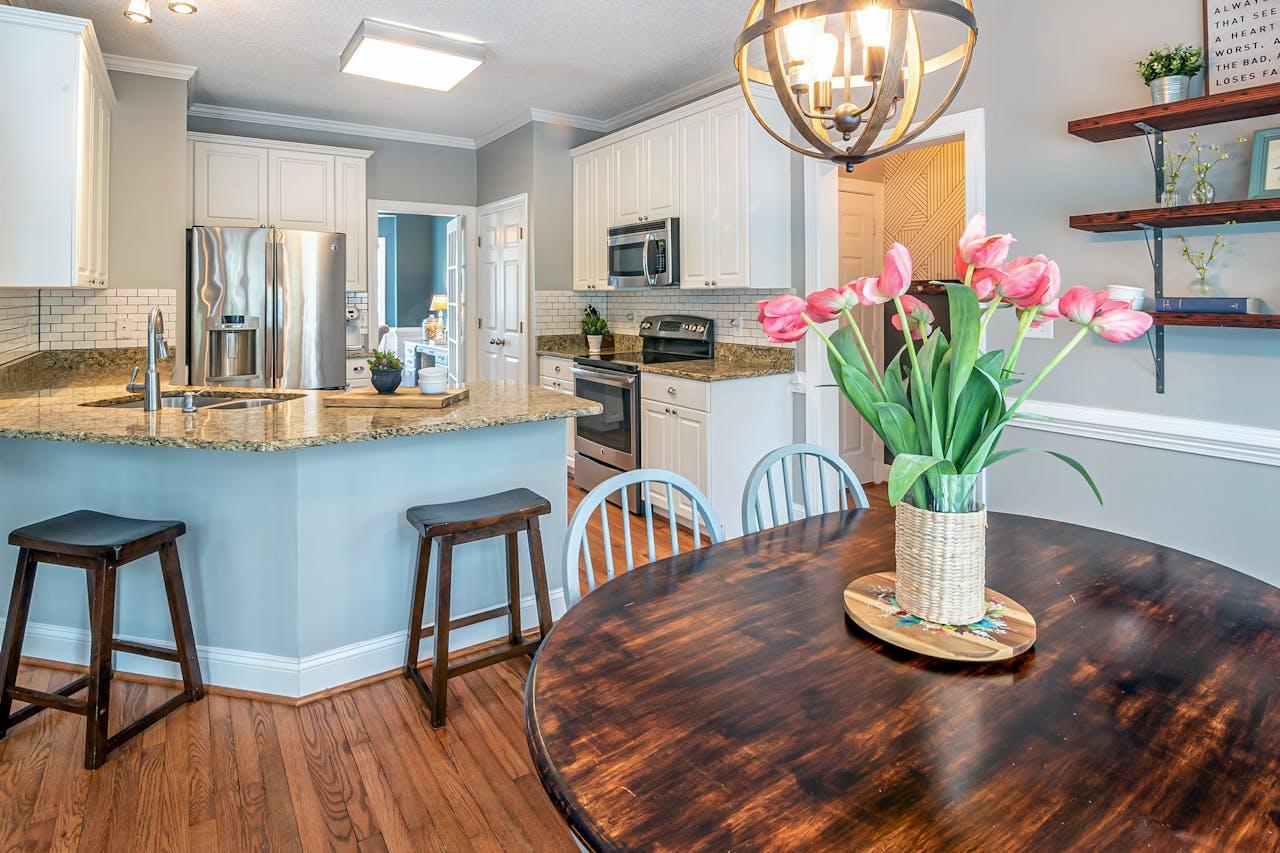
Introducing artificial plants and flowers into everyday home decor is not just about adding greenery; it’s about creating a specific mood and enhancing the living space without the constant maintenance real plants require.
A well-placed silk orchid can add a touch of elegance to a bathroom counter, while a robust faux fern might lend a dash of vitality to a dimly lit corner of the living room.
One of the biggest advantages of faux plants is their flexibility. You can rearrange them as often as possible without worrying about their sun or water needs. This freedom allows for constant redecoration and adaptation as your style evolves or as you move from one home to another.
Artificial botanicals remain steadfast and beautiful, unlike real plants, which may face shock and wither with too much movement or unsuitable conditions.
The Art of Mixing Real with Faux
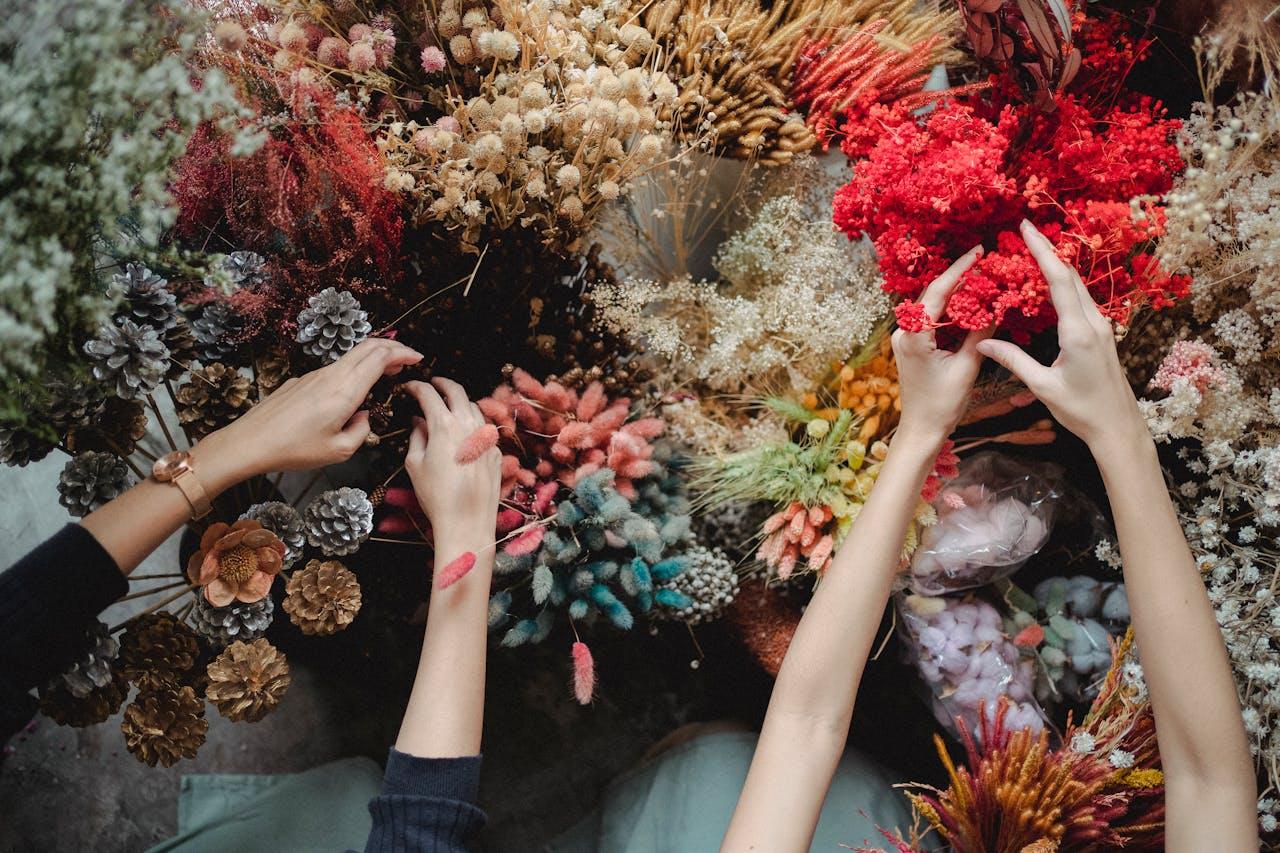
One of the most sophisticated ways to use artificial plants and flowers is to mix them with real ones in your decor.
This strategy can enhance the texture and depth of your arrangements while keeping maintenance manageable. For instance, delicate real flowers can be combined with hardier artificial greens, giving the arrangement a fuller and more varied look that lasts longer.
In areas of the home where sunlight is a challenge, pairing real low-light-loving plants with artificial ones can create a seamless blend that maintains a vibrant, natural feel.
This approach allows you to enjoy the beauty of both worlds—the authenticity of real plants with the convenience and durability of artificial ones.
It’s also a cost-effective way to fill large spaces with greenery, as high-quality artificial plants can often be an investment initially but pay off over time in terms of longevity and appearance.
Celebrating Milestones – Artificial Botanicals in Weddings
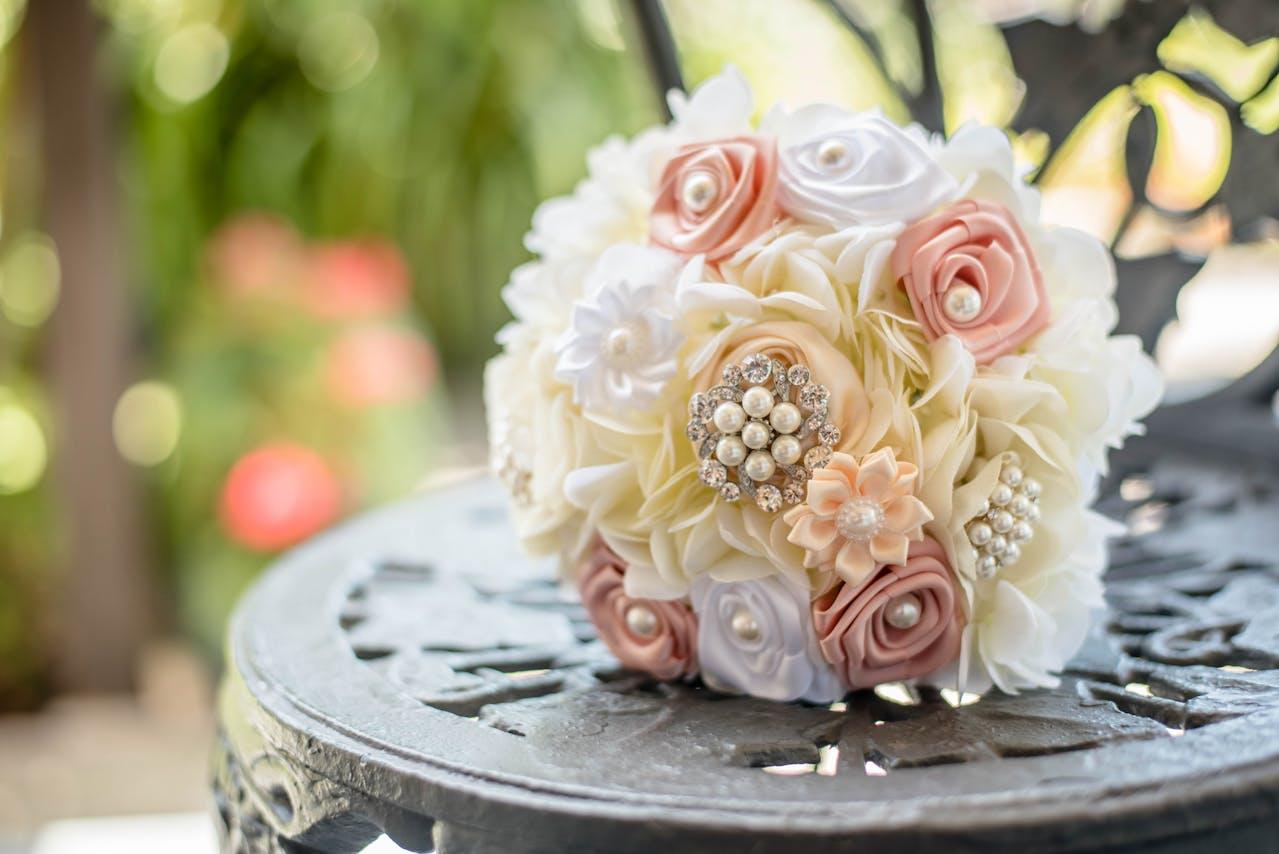
Artificial plants have found a particularly special place in weddings, where every detail is planned to create lasting memories.
Couples now opt for faux flowers for various reasons, including out-of-season styles, allergy concerns, or the desire for a keepsake.
These flowers can be designed months in advance, reducing last-minute stress and allowing for a perfect match with wedding decor themes.
The flexibility of faux flowers means that floral designs that might otherwise be impossible due to the delicacy or seasonality of the blooms can be brought to life. Imagine walking down the aisle surrounded by rare orchids or dancing under a canopy of wisteria—all made possible by artificial alternatives.
The wedding bouquet, often a focal point of the bride’s ensemble, can be crafted from silk flowers, ensuring it remains a flawless, wilt-free companion throughout the day.
The Timeless Appeal of Artificial Botanicals
The renaissance of artificial plants and flowers marks a significant shift in home and event decor. No longer just a fallback option, these faux botanicals offer many advantages beyond mere convenience.
They are a testament to blending art and practicality, providing beauty and flexibility that adapts to any setting or occasion.
From creating welcoming, seasonally appropriate homes to crafting memorable, stress-free wedding days, artificial plants and flowers have firmly established themselves as chic, smart choices for modern living.
Their ability to blend seamlessly with real plants, endure any environment, and stay perpetually in bloom provides an enduring appeal that transcends trends, making them a timeless addition to any decor arsenal.
Whether in daily life or for special occasions, these evergreen beauties continue to enhance spaces, proving that sometimes, the best “life” in your decor might come from the beautifully made, everlasting kind.

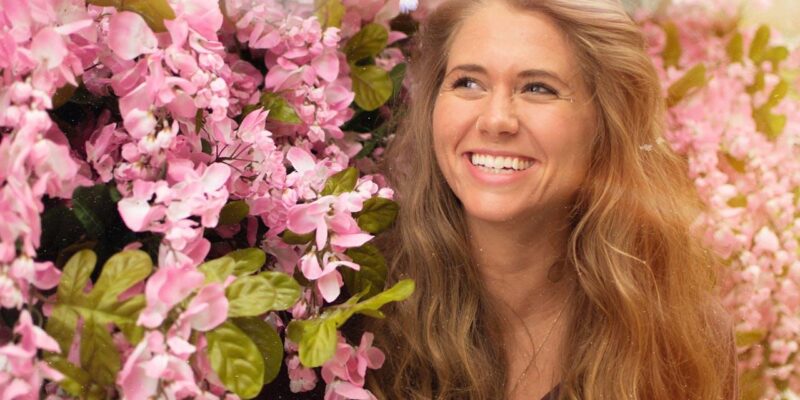




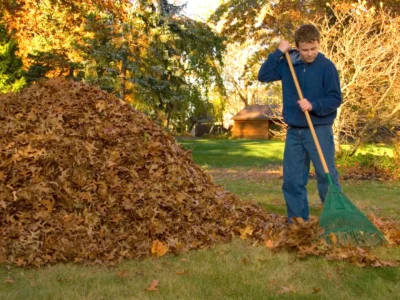
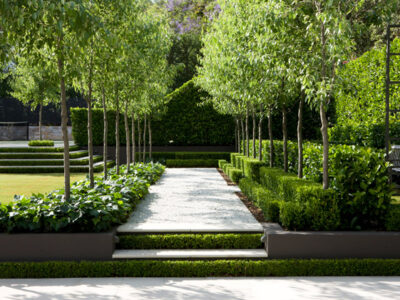
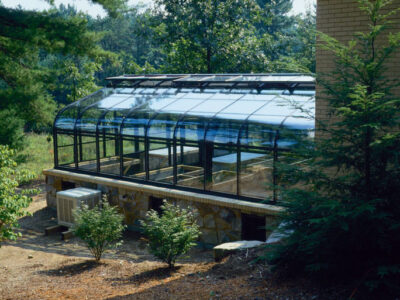
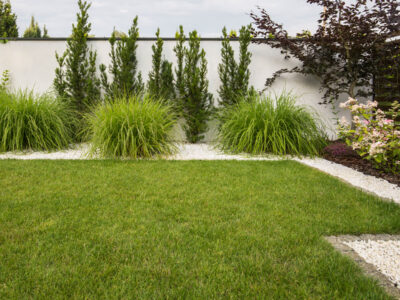
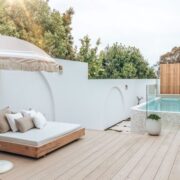
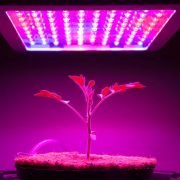


Comments